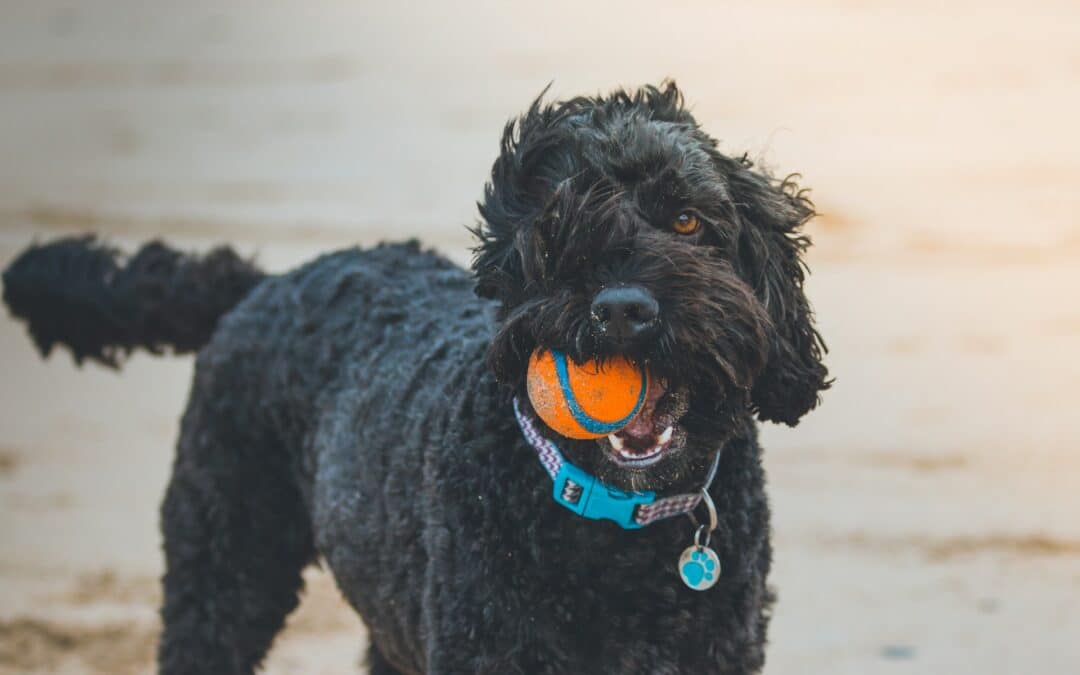Are processed foods bad for your dog’s teeth? Is it more natural for dogs to eat raw meat and chew on bones? Do dogs get tired of eating the same thing every day?
When it comes to selecting the best diet for your dog’s health, people have a lot of questions. But finding the answers isn’t so easy. Brands that make dry dog food claim that their food is the healthiest. Brands that make fresh dog food claim exactly the same thing!
So which type of food is better? What is the best diet for your dog’s teeth? Let’s compare.
Fresh Food vs. Kibble: Pros and Cons
Advocates of dry dog food claim that eating kibble naturally scrapes away plaque as dogs chew. Plus, dry dog food manufacturers have also gone to great lengths to get their recipes approved by agencies like the FDA, to ensure that their kibble is safe and nutritious.
However, if your dog just “wolfs” their kibble down and doesn’t chew very much, their teeth won’t get that beneficial abrasive action. And depending on your dog’s age, breed, and dental health, they might have a more difficult time eating dry dog food.
Advocates of fresh food diets claim that the naturally occurring enzymes in raw foods will keep plaque at bay. They say that the “fillers” in dry dog food are the source of the sugars and starches that lead to plaque buildup and dental problems.
However, they also recommend giving dogs “meaty bones,” which are extremely hazardous to a dog’s dental health. In fact, gnawing on bones is one of the main causes of tooth fractures in dogs. And if a bone splinters, tiny pieces can get stuck in a dog’s gums, causing bleeding and gum infections.
Factors to Consider When Choosing Food for Your Dog
Caloric Density
- Dry dog food is designed to be nutritionally dense, and because it’s packed with calories and vitamins, dogs don’t have to eat as much of it. Fresh foods also contain a lot of important nutrients, but the portions need to be a lot larger to match the nutritional value of kibble.
Price
- “Human-grade” dog food comes with a human-grade price. And since the portions need to be larger, feeding your dog fresh food is going to cost a lot more. You also have to be very careful about how you store and serve fresh pet food. Because it contains no preservatives, the risk of contamination from mold or bacteria is much higher. You’ll have to buy fresh pet food more often, and you might end up throwing it away if it spoils.
So Which Diet Do Vets Recommend?
Advertisements for fresh pet food may seem convincing, but in all honesty, your dog doesn’t care too much what they’re eating as long as they get fed. And domestic dogs simply do not have the same nutritional requirements as their wolf ancestors—they’ve evolved differently, and should have no problem eating “filler” foods like oats and potatoes. Plus, fresh food diets can be dangerous because of the high risk of contamination.
When it comes to dental health, the best thing you can do for your dog is to brush their teeth every day and make sure they get a dental checkup once a year. And before you make any changes to your dog’s diet, ask your vet if you’re doing the right thing.
The team at Anasazi Animal Clinic can advise you on nutrition, tooth brushing techniques, and preventive treatments to keep your dog’s teeth healthy and strong. So why not get a personalized recommendation? Contact us today to schedule a dental exam and nutrition consultation for your dog.
Photo by Jake Oates on Unsplash used with permission under the Creative Commons license for commercial use 4/5/2024.

